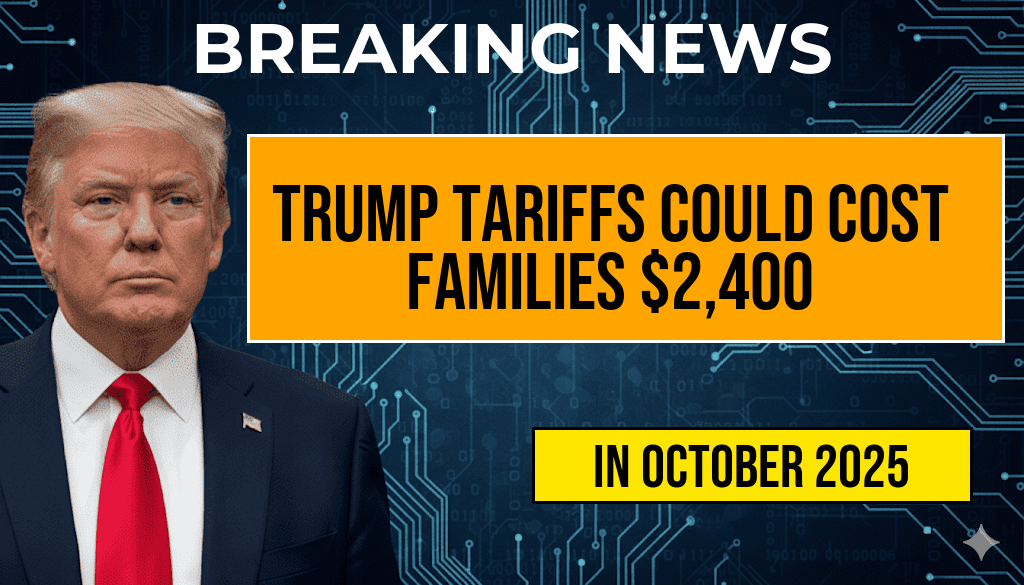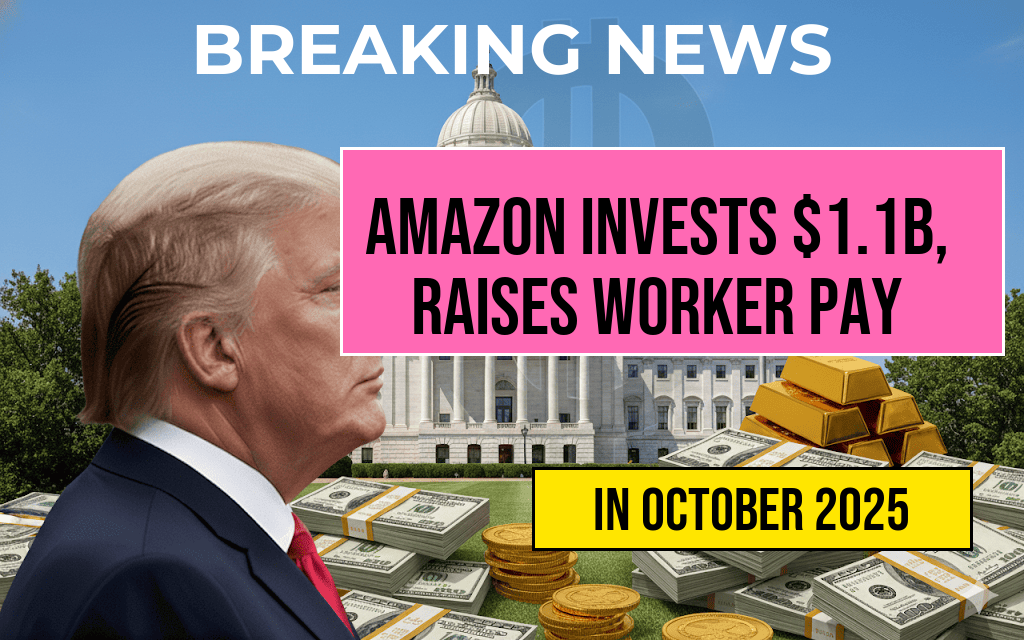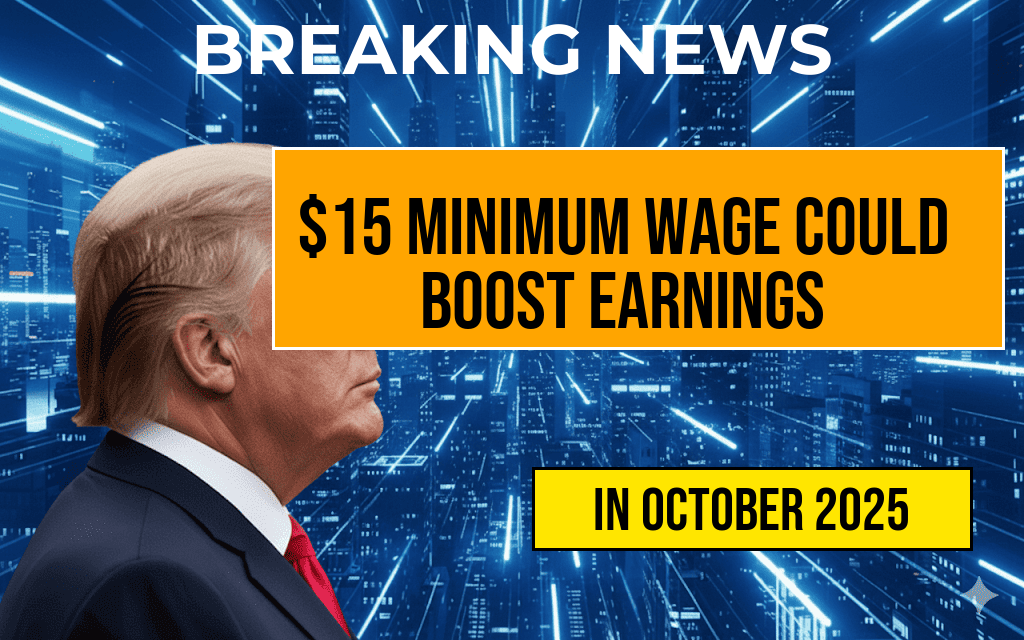Amid ongoing debates over trade policies, recent analyses project that Trump-era tariffs could impose an additional $2,400 annually in expenses for the average U.S. family. Dubbed the “Turbulence Tax” by economic observers, these tariffs—initially implemented to protect domestic industries—have ripple effects that extend beyond factory floors, influencing everyday costs for consumers. As policymakers reassess trade strategies, understanding how tariffs translate into household expenses becomes crucial for millions navigating higher prices for goods ranging from electronics to groceries.
The Mechanics of Tariffs and Their Impact on Consumer Costs
Tariffs are taxes imposed on imported goods, aiming to bolster domestic manufacturing by making foreign products more expensive. However, the burden often shifts to consumers, with increased costs reflected in retail prices. According to recent studies by the Congressional Budget Office, tariffs introduced or maintained during the Trump administration have contributed to a measurable uptick in consumer prices, particularly in sectors like electronics, apparel, and food products.
How the “$2,400” figure is calculated
Economists estimate that the average American family spends roughly $12,000 annually on imported goods affected by tariffs. The calculation considers the percentage increase in prices due to tariffs, averaging around 20%, which translates into an additional $2,400 each year per family. This figure represents the extra money consumers collectively pay for goods whose prices have been inflated by tariffs, effectively acting as a “Turbulence Tax” on household budgets.
Key Sectors Affected by Tariffs
| Sector | Examples of Affected Goods | Estimated Price Increase |
|---|---|---|
| Electronics | Smartphones, laptops, appliances | 15-25% |
| Apparel & Footwear | Clothing, shoes | 10-20% |
| Food & Beverages | Fruits, nuts, processed foods | 5-15% |
| Automotive Parts | Car components, accessories | 8-18% |
The ripple effect extends across various categories, with tariffs raising costs that manufacturers and retailers often pass directly to consumers. For instance, tariffs on Chinese-made electronics have led to higher prices on popular devices, impacting families’ budgets and delaying plans for new gadgets.
Regional and Income Disparities
The “Turbulence Tax” does not affect all families equally. Lower-income households tend to bear a larger relative burden, as a greater portion of their expenditures goes toward essentials like food and clothing. Conversely, wealthier families may absorb higher prices more comfortably, though they are not immune to the broader inflationary pressures caused by tariffs.
Broader Economic Consequences
While tariffs are intended to shield domestic industries, their broader economic consequences include increased inflation, disrupted supply chains, and reduced consumer purchasing power. The International Monetary Fund highlights that sustained tariffs can slow economic growth by elevating costs for businesses and consumers alike.
Policy Shifts and Market Responses
Recent political shifts suggest a reevaluation of tariff strategies, with some policymakers advocating for tariff reductions to ease economic pressures. Yet, the lingering effects of past tariffs remain embedded in supply chains, and adjusting them involves complex negotiations and potential retaliations.
Implications for Consumers and Policymakers
For consumers, the key takeaway remains the tangible impact of trade policies on personal finances. A family spending around $12,000 annually on impacted goods could see costs increase by approximately 20%, highlighting the importance of considering how international trade decisions influence everyday expenses. Policymakers face the challenge of balancing domestic industry protection with safeguarding consumers from rising costs.
Strategies to Mitigate the “Turbulence Tax”
- Supporting local manufacturing initiatives to reduce reliance on imports.
- Negotiating trade agreements that lower tariffs on essential goods.
- Encouraging consumer awareness about price fluctuations related to tariffs.
- Implementing targeted assistance programs for low-income households most affected by rising costs.
Experts suggest that transparency and strategic policy adjustments could help alleviate some of the financial strain caused by tariffs, fostering a more balanced trade environment that benefits both industries and consumers.
For more on how tariffs influence prices and economic growth, visit the Wikipedia page on tariffs or review recent analyses from the Forbes Business Council.
Frequently Asked Questions
What is the “Turbulence Tax” and how does it affect family expenses?
The “Turbulence Tax” refers to the additional costs families may incur due to Trump tariffs on imported goods. These tariffs can increase the prices of everyday items, potentially adding up to $2,400 annually to a family’s expenses.
Which products are most impacted by the tariffs leading to increased household costs?
The tariffs primarily target consumer goods such as electronics, clothing, appliances, and other imported products. As a result, the prices of these items may rise, directly impacting household budgets.
How is the estimated additional annual expense of $2,400 calculated?
The figure is based on an analysis of increased costs across various imported goods due to tariffs. When spread across typical household consumption, it translates to an approximate additional $200 per month, totaling around $2,400 annually.
Are there certain families or income levels more affected by these tariffs?
All families purchasing affected imported goods may experience increased expenses, but lower- and middle-income households might feel the impact more acutely, as they often allocate a larger portion of their budget to essential imports.
What can families do to mitigate the impact of the “Turbulence Tax”?
Families can consider shopping for domestic alternatives, reducing discretionary spending, or seeking out price comparisons to minimize the financial burden caused by tariffs. Staying informed about tariff changes can also help in planning purchases accordingly.






